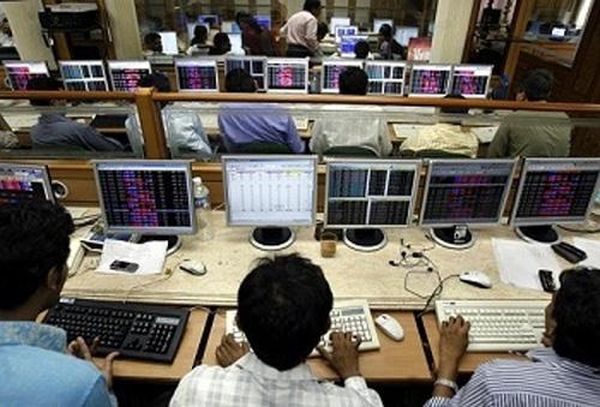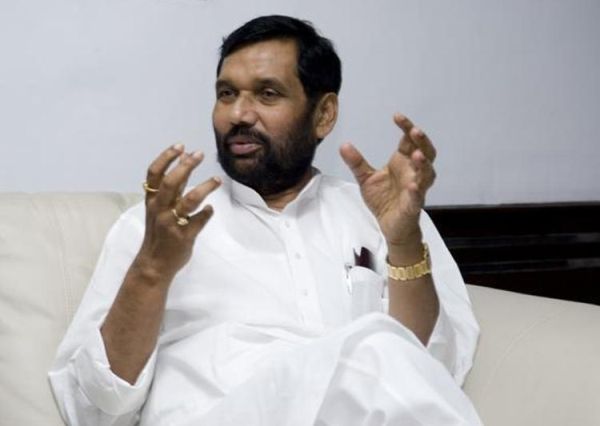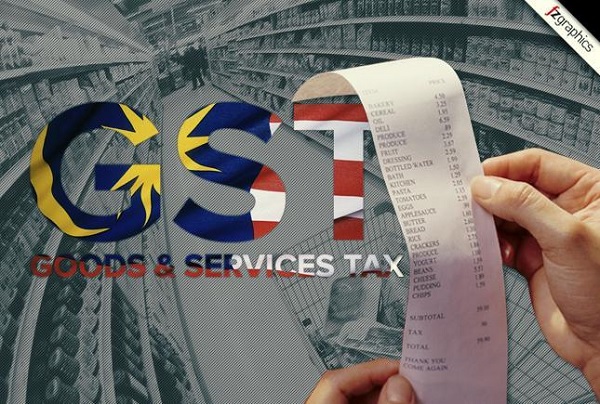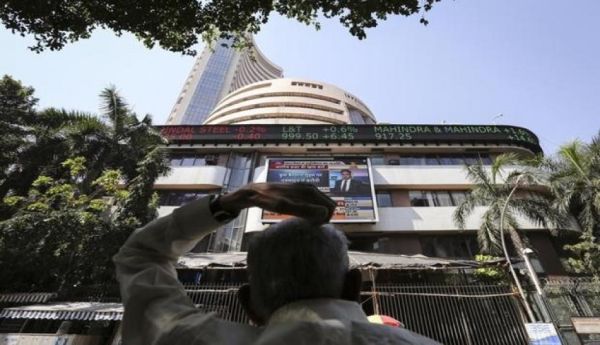
by admin | May 25, 2021 | Opinions
 By Indu Kannan,
By Indu Kannan,
Academia and industry are two important pillars of our economy. A robust collaboration between the two will augur well for our developing economy, enabling innovation, growth in the education system and producing an employment-ready workforce.
For several years, innovation in the education system has impacted the way businesses operate. Millennials entering the job market today are ready to learn new technologies and how to collaborate. Entrepreneurs and educational institutes need to recognise this opportunity and build a constructive framework for collaboration to make India a global innovation hub.
In countries like the US, corporates reach out to universities/institutions to bring innovation into their work, while in India, corporates and industry bodies rely mostly on their own research rather than reaching out to academia. The social environment, lack of awareness about scholarships, stereotyped images of pure science projects and the attitude of corporates towards scholars are some of the issues which need to be dealt with if India needs to surpass China and other Western nations.
There are beginnings of a shift in this approach in India. There have been huge leaps taken by various corporates and academia to bring about positive change and innovation. The country is currently at a juncture where platforms like MeltingPot2020 are playing a major role in the transformational story and reaching the heights of innovation through industry-academia collaboration. Consider a few examples:
* HDFC bank recently announced its plan to partner 50 technology companies and business schools to tap emerging FinTech ideas starting with IIT-Bombay and IIT-Roorkee as part of its industry-academia partnership effort.
* The Ministry of Human Resource and Development (MHRD) also increased funding to IIT- Madras by nearly Rs 300 crore ($47 million) to encourage innovation and strengthen industry-academia ties.
* India Electronics and Semiconductor Association (IESA), the trade body representing the Indian ESDM (Electronic System Design and Manufacturing) industry, signed four MoUs with IIT-Kharagpur to build a robust talent pipeline in the ESDM space.
The focus needs to be largely on improving the Research and Development wings of institutes. For lack of it, even home-grown companies such as the Tatas are choosing to invest $25 million in globally-recognised institutions like Harvard and Yale for top-end research instead of betting on India.
Another area for development could be encouraging a public-private initiative to launch faculty development programmes in leading universities and focus on more outcome-based research. Additionally, industry should participate in developing the entrepreneurial culture in India by setting up incubation centres and research parks for innovative research.
It is clearly time to create a nurturing environment where the industry and the academia can work hand-in-hand. Corporates are beginning to realise the significance and engage in more and more research-based projects. In addition, government projects likes Start-up India and the Prime Minister’s Fellowship Scheme for Doctoral Research will help bridge this gap and inculcate innovation across industries/sectors.
(Indu Kannan is Associate Vice President, Kestone Integrated Marketing Services Pvt. Ltd. The views expressed are personal. She can be contacted at indu@kestone.in)
—IANS

by admin | May 25, 2021 | Economy, Markets, News
 Mumbai : Taking a cue from global markets and cautious approach ahead of futures and options (F&O) expiry as well as the second quarter GDP data announcement, the key Indian equity market indices on Thursday opened lower.
Mumbai : Taking a cue from global markets and cautious approach ahead of futures and options (F&O) expiry as well as the second quarter GDP data announcement, the key Indian equity market indices on Thursday opened lower.
The Sensitive Index (Sensex) of the BSE, which had closed at 33,602.76 points on Wednesday, opened lower at 33,542.50 points.
Minutes into trading, it was quoting at 33,501.64 points, down by 101.12 points, or 0.30 per cent.
At the National Stock Exchange (NSE), the broader 51-scrip Nifty, which had closed at 10,361.30 points, was quoting at 10,332.70 points, down by 28.60 points or 0.28 per cent.
The benchmark indices, which traded in the green during most part of the day, had closed marginally in the red on Wednesday as investors booked profits in banking and metal stocks.
However, losses were trimmed by healthy buying in consumer durables, capital goods and healthcare stocks.
The Sensex was down by 15.83 points or 0.05 per cent at the Wednesday’s closing. In the day’s trade, the barometer 30-scrip sensitive index had touched a high of 33,728.81 points and a low of 33,553.12 points.
The Nifty too, was down by 8.95 points or 0.09 per cent.
On Thursday, Asian indices were mostly showing a negative trend. Japan’s Nikkei 225 was trading in red, down by 0.13 per cent, Hang Seng down by 1.31 per cent while South Korea’s Kospi was down by 0.64 per cent.
China’s Shanghai Composite index was quoting in red, down by 0.27 per cent.
Nasdaq closed in red, down by 1.29 per cent while FTSE 100 was also down by 0.91 per cent at the closing on Wednesday.
—IANS

by admin | May 25, 2021 | Business, Commodities, Commodities News, Economy, Large Enterprise, Markets, News, Politics

Ram Vilas Paswan
New Delhi : Despite taking measures such as procurement from local markets, boosting imports and discouraging export of onions, the Central government on Wednesday expressed its helplessness in controlling the rising prices of the essential commodity.
Union Food Minister Ram Vilas Paswan said the onion yield this year was expected to be lower since the area under onion cultivation had come down to 1.90 lakh hectares in 2017-18 from 2.65 lakh hectares in 2016-17.
“We have taken several measures, like procurement by agencies from areas such as Nashik (Maharashtra) and Alwar (Rajasthan) where the cost is lower, as well as import of onions. But it (bringing down prices) is not in our hands,” Paswan told reporters here.
While the Ministry’s data showed average prices of onion and tomato in Delhi ranged between Rs 53 and Rs 63 per kg, these were being sold for up to Rs 80 in retail markets.
Once the supply from (late) kharif starts, prices may come down, he added.
Paswan held a meeting with officials from the Ministries of Agriculture and Food as well as the Delhi government on Wednesday on the rising prices of onions and tomatoes.
Prices are low at one corner of the country while they are high at the other, he said.
“We are trying to figure out how onion from areas where prices are lower can be transported to Delhi,” he said.
On October 31, Paswan had blamed hoarding for a surge in the prices of onions and tomatoes in retail markets, and promised that the situation will improve once the fresh supply began.
Paswan added the onion output was 189 lakh tonnes in 2014-15, 209 lakh tonnes in 2015-16 and 217 lakh tonnes in 2016-17.
“However, the Agriculture Ministry has not yet provided information about the output this year. It is likely to come in January,” he said.
The National Agricultural Cooperative Marketing Federation has been asked to procure onions from Nashik, Alwar where prices are lower, about Rs 28-32 per kg.
It has procured approximately 1,000 tonnes of onions so far, said Avinash Srivastava, Consumer Affairs Secretary.
The Ministry has also asked public sector body Metals and Minerals Trading Corporation of India to import 2,000 tonnes of onions. However, this can only be used after a month as imported onions come in cold storage and need to be brought to room temperature.
Paswan said an increase in the Minimum Export Price (MEP) had brought down onion exports.
“On November 23, 4,159 tonnes of onion was exported. However, the export reduced to just 137 tonnes on November 23, after the MEP was set at $835 per tonne,” he said.
—IANS

by admin | May 25, 2021 | Economy, News, Politics
 Kolkata : Union Minister of State for Finance Shiv Pratap Shukla on Wednesday said the Goods and Services Tax (GST) should smoothen out by March 2018 as the government has been addressing the concerns and it would become so simple that people would not have any issues.
Kolkata : Union Minister of State for Finance Shiv Pratap Shukla on Wednesday said the Goods and Services Tax (GST) should smoothen out by March 2018 as the government has been addressing the concerns and it would become so simple that people would not have any issues.
“By March, it will be so simple that even children will able to understand… even in a country like Singapore, it took four years for GST to get stabilised. I am proud that our government has responded to the issues so quickly,” he said while addressing the 116th annual session of the Merchants’ Chamber of Commerce and Industry.
Post the Guwahati meet of the GST council, tax rates on many products were reduced to 18 per cent from 28 per cent, which was appreciated by businesses, the minister said.
About the increasing non-performing assets (NPA) problem, he said, the Central government has done its bit in terms of recapitalisation support to banks to ensure their better financial health, but the banks should not make it a “tradition” to depend on the government.
“If we did not do that (provide recapitalisation support) the banks could not have been saved. But banks should not make it a tradition,” he said.
Banks, particularly the nationalised ones “should stand on their own”, he said.
Elaborating, he said many public sector banks appear to be sinking just because they went ahead and lent huge amounts of money to entities without proper due diligence.
The Central government has already announced Rs 2.11 trillion recapitalisation support to state-run banks to help them to meet capital requirements.
—IANS

by admin | May 25, 2021 | Economy, Markets, News
 Mumbai : Tracking broadly positive global cues, key Indian equity indices traded in the green — with marginal gains — during the mid-afternoon session on Wednesday.
Mumbai : Tracking broadly positive global cues, key Indian equity indices traded in the green — with marginal gains — during the mid-afternoon session on Wednesday.
The gains were led by healthy buying in consumer durables, capital goods, auto and healthcare stocks on the BSE market breadth.
According to market observers, investors traded with caution ahead of GDP data announcement and derivatives expiry on November 30 (Thursday).
Around 1 p.m., the wider Nifty50 of the National Stock Exchange (NSE) traded higher by 10.60 points or 0.10 per cent at 10,380.85 points.
The barometer 30-scrip Sensitive Index (Sensex) of the BSE, which opened at 33,664.27 points, traded at 33,659.92 points — up 41.33 points or 0.12 per cent — from Tuesday’s close.
The Sensex touched a high of 33,690.92 points and a low of 33,612.34 during intra-day trade.
The BSE market breadth was bullish — 1,426 advances and 1,109 declines.
“Indian shares opened little changed Wednesday on positive global cues and traded in a narrow range ahead of the F&O (futures and options) derivatives expiry due tomorrow,” Dhruv Desai, Director and Chief Operating Officer of Tradebulls, told IANS.
“Coal India, Dr Reddy’s, NTPC, Cipla, ONGC led gains, while HDFC, Axis Bank, Bharti Airtel, Adani Ports led the decline among the 50-share Nifty constituents,” he added.
On Tuesday, the key indices succumbed to heavy selling pressure and closed in the negative territory after trading on a volatile note during the entire day.
The NSE Nifty50 fell by 29.30 points or 0.28 per cent to 10,370.25 points, while the BSE Sensex closed at 33,618.59 points — down 105.85 points or 0.31 per cent.
—IANS





